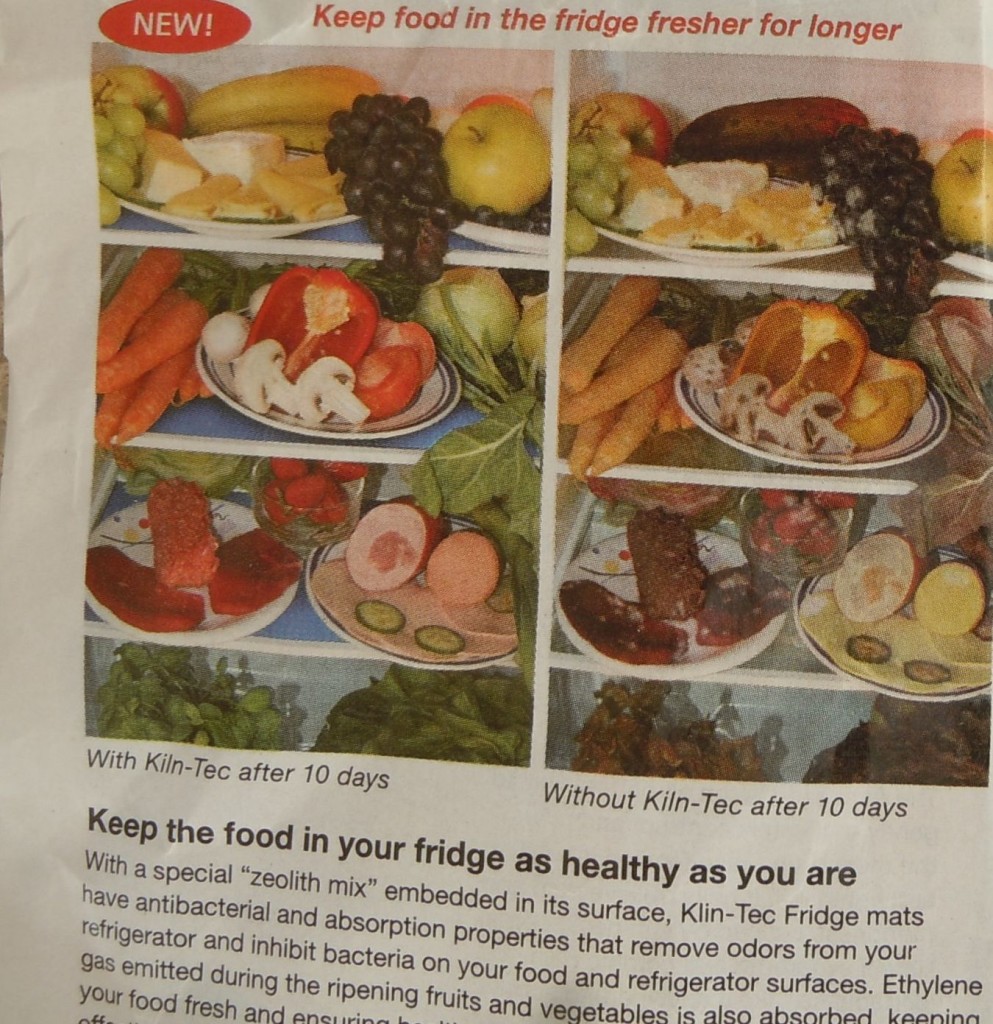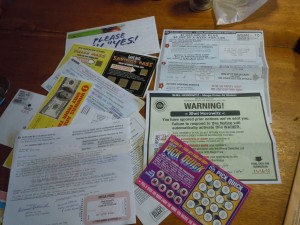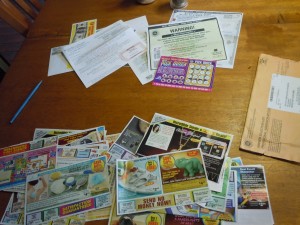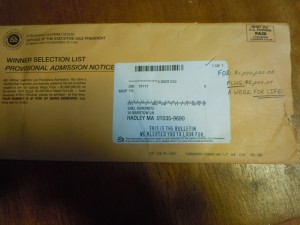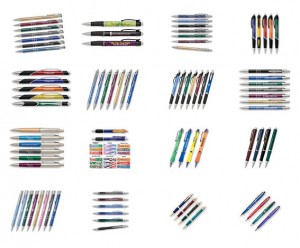Don’t We Have Truth-In-Advertising Laws That Prevent This?
What do you notice about the two images in this photo?
Here’s what I notice; the placement and composition of the vegetables and fruits are exactly the same. Look at the carrots, for instance. It is statistically impossible to pose a bunch of carrots in exactly the same alignment for two pictures taken at different times, and just as impossible to find two different bunches of carrots where each carrot has exactly the same shape as one in the other batch and are in the same order. It’s somewhat easier with mushrooms and peppers, but still highly questionable.
What this tells me is that one of two things happened, neither of which are OK if you’re an honest marketer:
1. The same photo was used as the basis for both images. At least one of them was retouched to change the colors, probably the didn’t-use-it one, which also had believability-enhancing touches like aging in the mold on the grapes.
OR
2. The advertising agency took the first photo, and then left the fridge untouched for some period of time, and came back and took the aged picture.
Either way, just like the food in the aged picture, it doesn’t pass the sniff test. The ad claims that these were different batches of food and implies that they were subjected to a scientific comparison. That would mean two different sets of vegetables aging in different but calibrated refrigerators for the same time, one with the treatment and one without (or the same refrigerator used to test each batch one at a time, starting with the untreated one to avoid tainting the results). I do not see any evidence in this photo that this is what happened.
Chose your own term: false advertising, deceptive advertising, misleading advertising—whatever you choose to call it, it’s certainly a major ethical violation and quite possibly a violation of truth in advertising laws such as Section 43(a)(1)(A) of the Lanham Act.
And therefore, I don’t believe the ad. And therefore, I don’t trust anything else in the catalog where I found it (an in-flight sky mall). And therefore, this entire catalog loses any chance of getting me as a customer, forever. And therefore, I am sharing my perception that this company engages in deceptive practices. Perhaps this post could even go viral and be seen by thousands or millions of people.
So on a practical as well as a moral level, this deceptive advertising practice backfired. Big time. My question to the ad agency and to the people at the client who approved it (who may, in fairness, not have realized the ad was deceptive): was it worth it? This catalog company should fire its ad agency for engaging in false advertising, and should look with a critical eye at every other bit of advertising this agency prepared.
And if you’re a marketer, take a look at your own marketing. Have you accidentally or deliberately engaged in similar false advertising practices? Are you aware that one demonstrable lie can ruin a long-built reputation for integrity if anyone publicly calls you out for deceptive advertising in the press or in social media?

